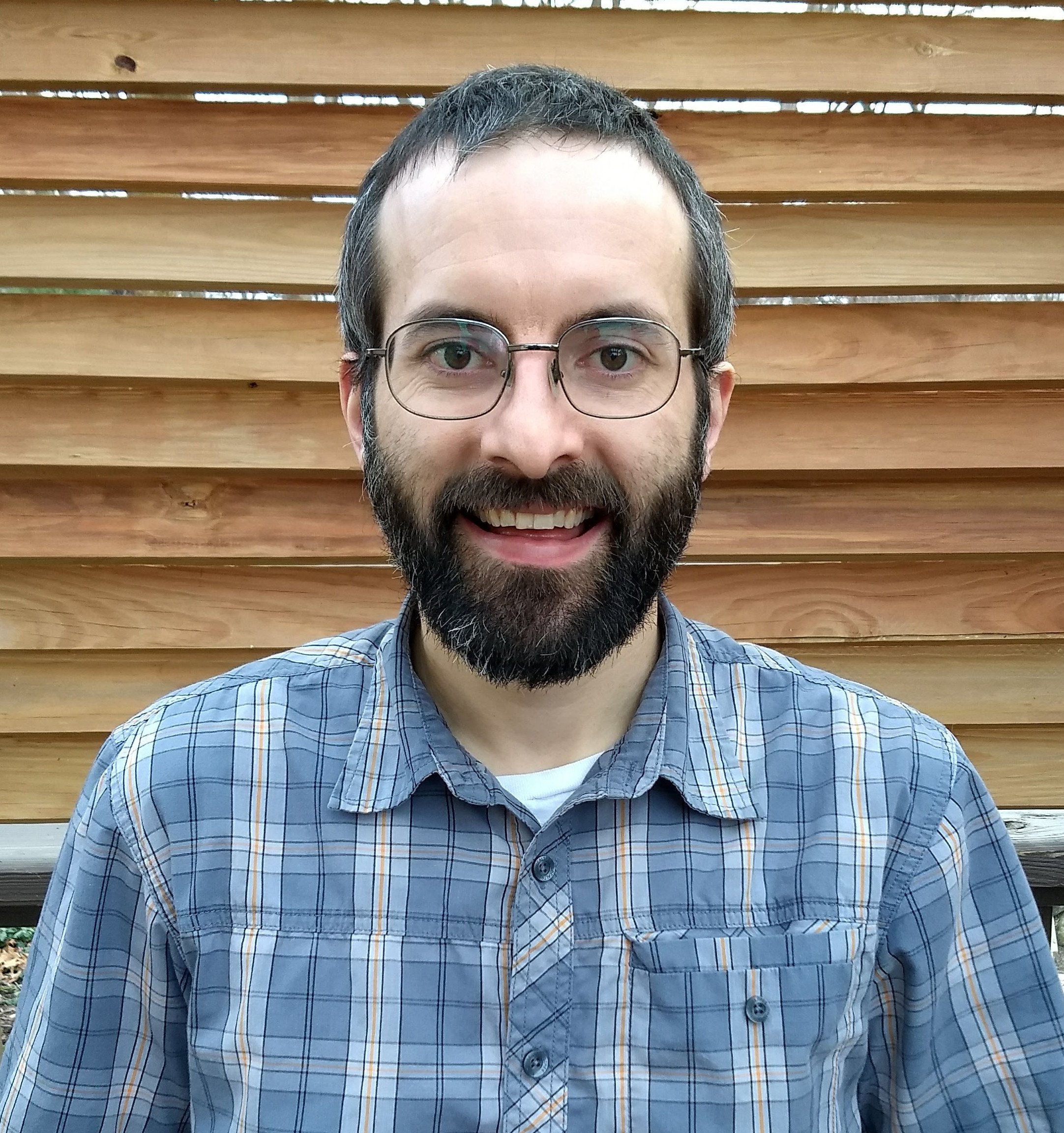How do LLMs actually work?
We just posted a course on the freeCodeCamp.org YouTube channel that will teach you how to build a large language model from scratch using pure PyTorch.
This isn't your typical course that just scratches the surface. It’s a deep dive into the inner workings of LLMs, created by an AI expert with over a decade of experience in both research and enterprise. You'll go from the foundational theory to building a working model, and you'll even learn how to align it using modern techniques like RLHF. Vivek Kalyanarangan created this coruse.
This comprehensive, six-hour course is designed to take you on a complete full-stack journey. You'll start with the basics of the transformer architecture and then move on to more advanced, production-ready concepts.
Here are some of the key topics you'll cover:
Core Transformer Architecture: Understand the fundamental building blocks of LLMs.
Training a Tiny LLM: Get hands-on with a simple model and see how it works.
Modern Enhancements: Implement advanced features like RMSNorm, RoPE, and KV caching that make models more efficient.
Scaling Up: Learn how to use techniques like mixed precision and rich logging to train larger models.
Mixture-of-Experts (MoE) Layers: Discover how to use these powerful layers to build more capable models.
Supervised Fine-Tuning (SFT): Learn how to customize your model’s behavior.
Reward Modeling & RLHF with PPO: This is where you’ll learn to align your model and shape its behavior to be more helpful and safe.
Every step is explained clearly, and the full codebase is available on GitHub for you to follow along and experiment with.
The goal is to give you both the "why" and the "how" behind LLMs so you can truly internalize the concepts and build your own applications.
You can watch the full course on our YouTube channel (6-hour watch).

